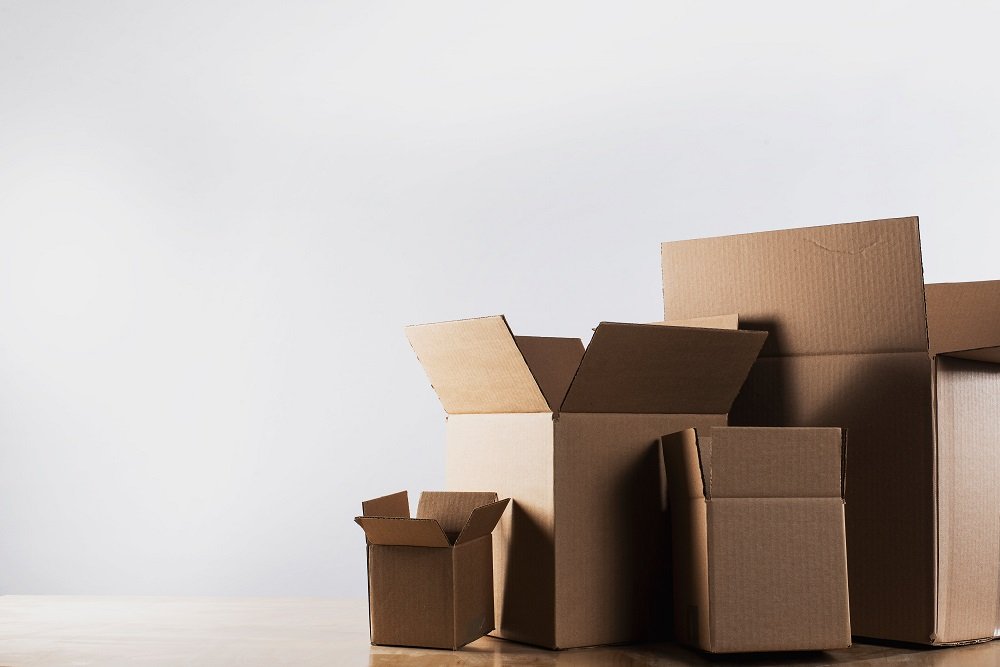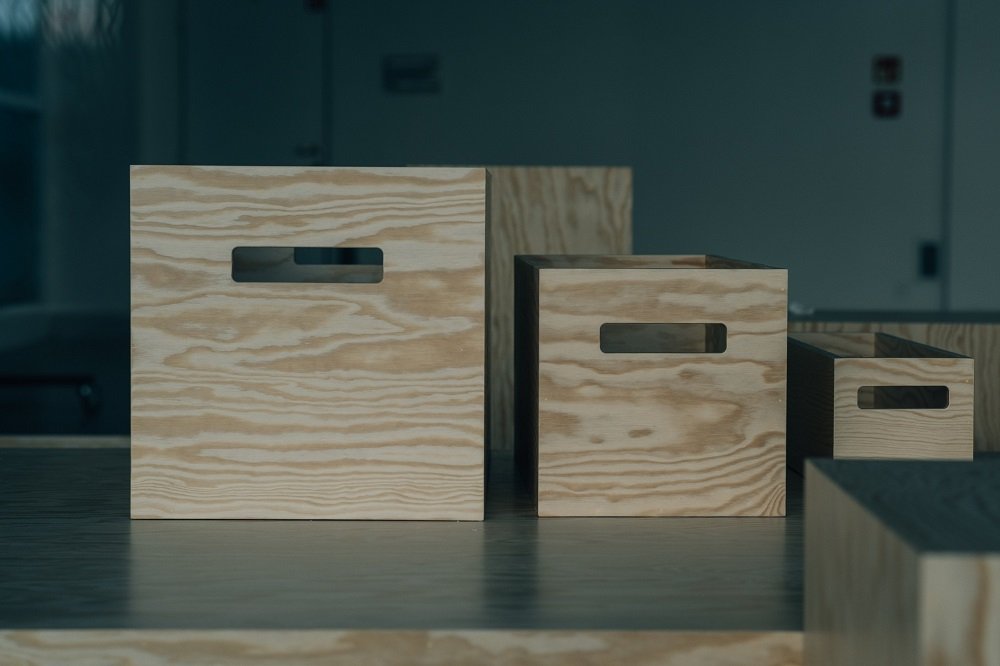Have you ever wondered how to make your product stand out on the shelves? Are you interested in using custom packaging to enhance your brand image and create a unique unboxing experience for your customers? Look no further than die-cut boxes! Die-cutting is a versatile and innovative process that allows you to create custom shapes, sizes, and designs for your packaging needs. In this article, we will discuss the advantages of using die-cut boxes, the process of designing and creating them, and the latest trends in packaging materials. Get ready to unlock the potential of die-cut boxes and revolutionize your product packaging!
Understanding Die-Cut Boxes: The Basics

Die-cut boxes are custom-made packaging solutions created through the process of die-cutting. Die-cutting involves using specialized machinery to cut and shape materials, such as corrugated cardboard, into specific designs or patterns. This allows for unique and intricate packaging designs that are tailored to your product and brand. Die-cut boxes provide both aesthetic and functional benefits, including:
– Improved product protection: Custom shapes and sizes ensure a snug fit for your product, reducing the risk of damage during shipping.
– Enhanced brand image: Unique packaging designs can help create a memorable unboxing experience and reinforce your brand identity.
– Increased shelf appeal: Stand out from the competition with eye-catching and innovative packaging designs.
– Cost-effective solutions: Die-cut boxes can be produced in bulk, reducing the overall cost of your packaging needs.
The Die-Cutting Process: How It Works
The die-cutting process begins with the creation of a die, which is a custom-made tool used to cut the desired shape and size of the packaging material. The die is typically made from metal and is designed to fit the specifications of your packaging needs. Once the die has been created, it is mounted onto a die-cutting machine, which uses pressure to cut and shape the material.
Die-cutting can be done using different methods, including:
– Rotary die-cutting: This method uses a cylindrical die to cut and shape the material as it is fed through the machine. This is ideal for high-volume production and intricate designs.
– Flatbed die-cutting: In this method, the material is placed on a flat surface, and the die is pressed down onto it. This is better suited for short-run and prototype projects.
– Laser die-cutting: This method uses a laser to cut and shape the material, offering precise and intricate designs. However, it can be more expensive than other die-cutting methods.
Tips For Designing Your Custom Die-Cut Boxes
When designing your die-cut boxes, keep these tips in mind to ensure a successful outcome:
– Define your goals: Consider the purpose of your packaging – do you want to showcase your product, provide a unique unboxing experience, or simply protect your product during shipping?
– Consider your target audience: Think about the preferences and expectations of your customers. What type of packaging will resonate with them?
– Choose the right materials: Select materials that are suitable for your product and align with your brand values. Consider factors such as durability, sustainability, and cost.
– Work with a professional: Partner with a packaging specialist who can guide you through the design process and help you create the perfect die-cut box for your needs.
– Test and refine: Make sure to test your packaging design on a small scale before committing to a large production run. This will allow you to identify any issues and make necessary adjustments.
Eco-Friendly Packaging: Sustainable Solutions For Die-Cut Boxes
As environmental concerns continue to rise, many businesses are looking for eco-friendly packaging solutions. Die-cut boxes can be made from sustainable materials, such as recycled or FSC-certified corrugated cardboard, and can be designed to minimize waste. Additionally, consider using soy-based inks and water-based adhesives for a more environmentally friendly option.
Packaging Trends: What’s New In The World Of Die-Cut Boxes
Stay up-to-date with the latest packaging trends to ensure your die-cut boxes remain fresh and relevant. Some current trends include:
– Minimalism: Simple, clean designs that focus on functionality and sustainability.
– Customization: Personalized packaging that reflects the individuality of your customers.
– Interactive packaging: Incorporating elements such as QR codes or augmented reality to engage your customers and provide additional information about your product.
– Vintage-inspired designs: Nostalgic packaging that evokes feelings of nostalgia and familiarity.
Types Of Materials For Die-Cut Boxes

Die-cut boxes can be made from various materials, each with its own unique properties and benefits. Some common materials include:
– Corrugated cardboard: A popular choice for its durability, affordability, and eco-friendliness. It is available in different thicknesses and grades, depending on your needs.
– Paperboard: A lightweight and versatile material that is ideal for folding cartons and smaller products. It can be coated or laminated for added durability.
– Rigid board: A thick and sturdy material that is perfect for luxury packaging and high-end products.
Conclusion
Die-cut boxes offer endless potential for creating unique, eye-catching, and functional packaging solutions. By understanding the die-cutting process and following best practices for designing your custom boxes, you can elevate your product packaging and enhance your brand image. Stay ahead of the competition by keeping up with the latest packaging trends and exploring eco-friendly materials for your die-cut boxes. Embrace the power of die-cut boxes and unlock the potential of custom packaging for your business!



